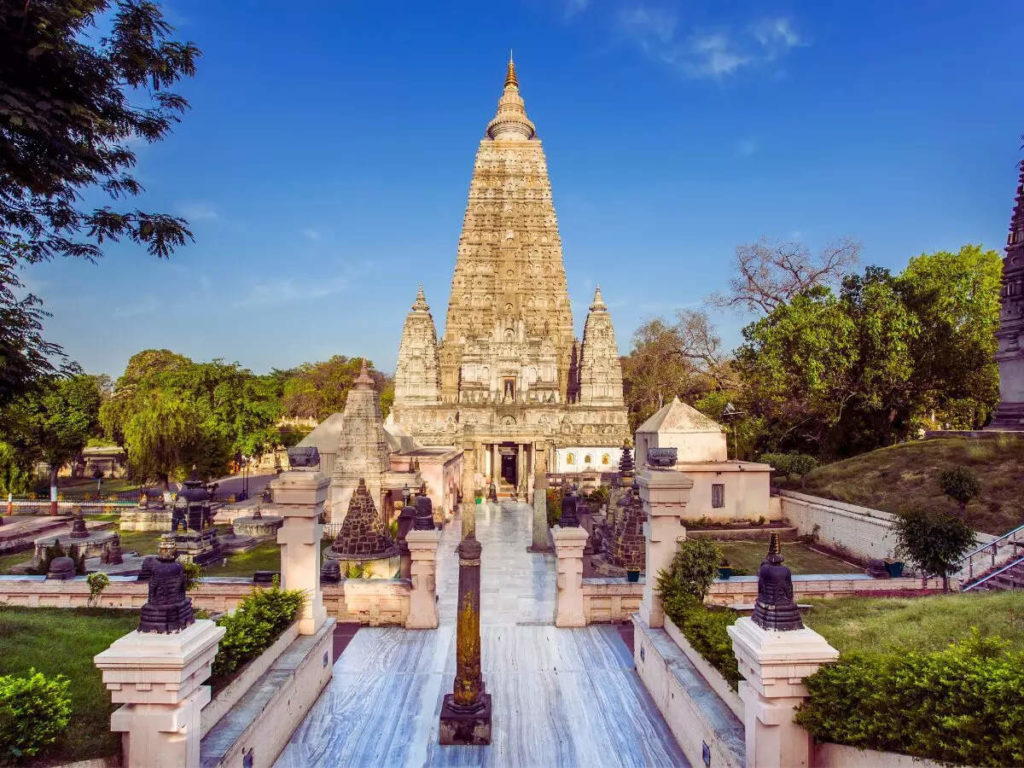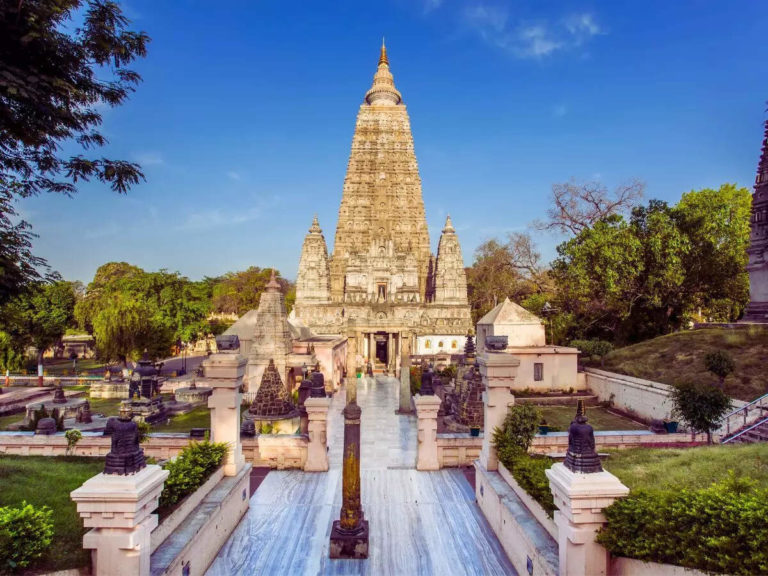Bihar, one of India’s most culturally rich states, is home to two UNESCO World Heritage Sites that embody the spiritual and intellectual roots of Buddhism: the Mahabodhi Mahavihara at Bodh Gaya and the Archaeological Site of Nalanda Mahavihara. Together, they attract pilgrims, scholars and travellers from across the globe.

The Mahabodhi Temple Complex in Bodh Gaya is revered as the place where Siddhartha Gautama attained Enlightenment beneath the Bodhi Tree, becoming the Buddha. First built by Emperor Ashoka in the 3rd century BCE, the temple’s current structure dates to the Gupta period, around the 5th or 6th century CE. It is among the earliest surviving brick Buddhist temples in India, distinguished by intricate stone reliefs and finely crafted balustrades. Inscribed on the UNESCO list in 2002, the site remains a living heritage, hosting daily rituals and drawing thousands during Buddha Purnima.

Equally significant is Nalanda Mahavihara, once one of the world’s greatest centres of learning. Established in the 3rd century BCE, Nalanda flourished until the 13th century, attracting scholars from across Asia. Its vast 23‑hectare complex includes stupas, viharas and chaityas, with excavations revealing a carefully planned monastic layout. At its height, Nalanda offered a curriculum blending Buddhist philosophy with mathematics, medicine, astronomy and logic. Chinese pilgrims Xuanzang and Yijing left detailed accounts of its vibrant academic life. Though the university declined after invasions in the 13th century, its ruins remain a testament to centuries of scholarship.
Recognised by UNESCO for its universal value, Nalanda continues to inspire conservation efforts by the Archaeological Survey of India, which has worked to preserve its authentic brickwork and archaeological layers.
Together, Bodh Gaya and Nalanda stand not only as monuments of faith and knowledge but as cornerstones of human civilisation. They embody Bihar’s unique role in shaping global spiritual and intellectual traditions, ensuring the state remains a vital destination for culture, history and pilgrimage.




